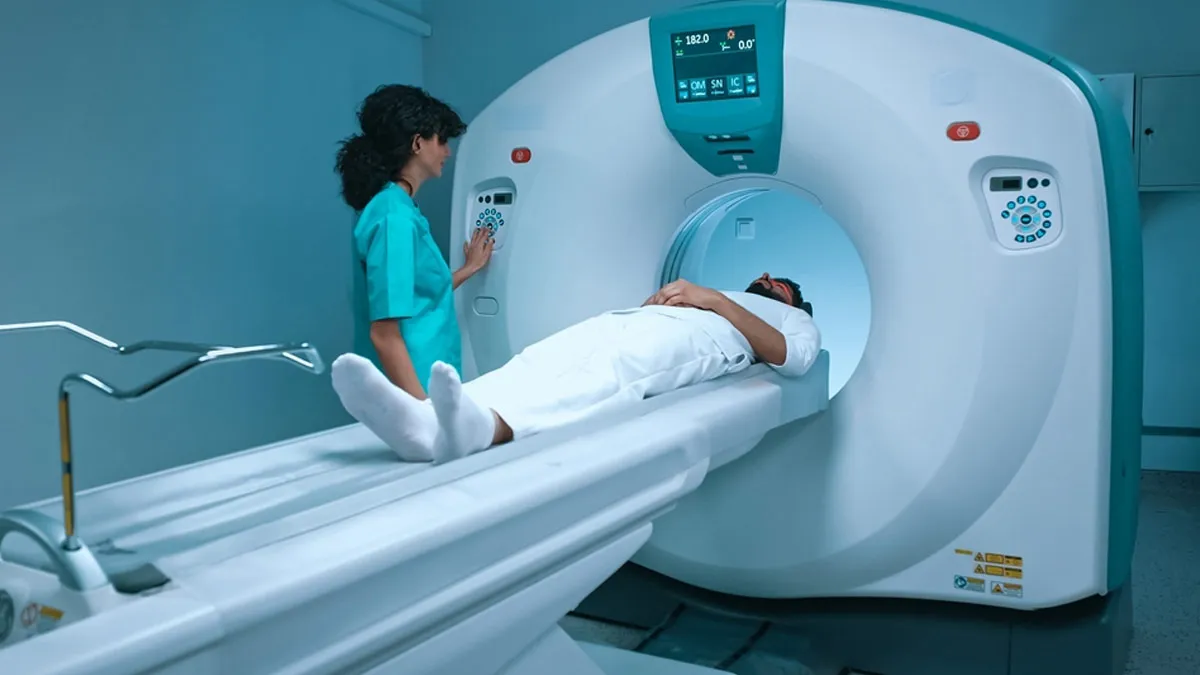
If you could get a single scan to check your entire body for cancer, would you do it? The idea sounds reassuring; catching cancer early could make all the difference in treatment and survival. But how reliable are these scans, and do their benefits outweigh the risks? At first glance, a full-body scan seems like a logical way to detect cancer before symptoms appear. After all, if medical imaging can spot tumours, why not scan everything at once? However, experts caution that full-body scans are not recommended for routine cancer screening.
Table of Content:-
We spoke to Dr Mandeep Singh Malhotra, Director Oncologist, CK Birla Hospital, Delhi NCR and Co-Founder, Art of Healing Cancer, who explained what a full-body scan is, how it works, and what you should consider before opting for one.
What Is A Full-Body Scan?

The whole body or PET CT scan is a comprehensive examination that uses Computed Tomography (CT) to create detailed images of the entire body, beginning just below the chin. While MRI or PET scans can also be utilised, CT scans are the most frequently performed. These scans are commonly used to assess the severity of injuries or internal bleeding and can also track the advancement of cancer.
How Is A Full-Body Scan For Cancer Performed?
A radiolabeled glucose, namely Fluoro-Deoxy-Glucose (FDG), is injected. The FDG follows the glucose pathway and gets concentrated in metabolically active cells/tissues of the body. "Cancer tissue (neoplasia) is known to be more metabolically active than normal body cells. Hence, the FDG is preferentially taken up by cancer cells, which is evaluated by radio imaging and whole-body cross-sectional imaging," explained Dr Malhotra.
There is a certain cell mass that must be achieved before it can be detected in a PET CT scan. Generally, the tumour or lesion must be ≥1 cm in size to be detectable. However, PET CT scans can also pick up non-cancerous conditions like infections, Tuberculosis (TB), inflammation, etc, leading to unnecessary scares and anxiety.
Side Effects Of Full-Body Scan For Cancer

"This whole-body imaging is highly effective in diagnosing, staging, and monitoring cancer. However, using it as a screening tool for early cancer detection in the general population is not recommended currently," said Dr Malhotra.
Here is what you should know:
- These scans involve radiation exposure, which can be harmful. According to the US Food and Drug Administration (FDA), CT scans may lead to a small increase in the risk of developing cancer later in life.
- PET-CT scans are expensive and not widely accessible, making them impractical for widespread screening.
- False positives can lead to unnecessary testing, and false negatives can lead to people ignoring their symptoms.
- There isn't enough data to support the effectiveness of PET-CT scans for mass population-based screening.
"At present, cancer screening is limited to particular cancers, such as mammograms for breast cancer and PAP smears for cervical cancer. A single test to screen all cancer is still being evaluated," added Dr Malhotra.
Also Read: Curing Cancer: Expert Explains Importance Of Early Detection And Treatment
Liquid Biopsy For Cancer Detection
Exciting data has come up in liquid biopsy, which involves detecting circulating cancer cells or cancer genes (DNA) in peripheral blood samples for early cancer detection. "This test evaluates the acquisition of certain genes or pathways by White Blood Cells (WBCs) when cancer develops and is being explored for mass population-based screening," explained Dr Malhotra.
According to a 2023 study, liquid biopsy is a minimally invasive procedure, making it easy to repeat as necessary, which allows for a more dynamic assessment of tumour cells. Additionally, it is particularly beneficial for patients with tumours that cannot be sampled through traditional tissue methods.
[Disclaimer: This article contains information provided by an expert and is for informational purposes only. Hence, we advise you to consult your professional if you are dealing with any health issue to avoid complications.]
Also watch this video
How we keep this article up to date:
We work with experts and keep a close eye on the latest in health and wellness. Whenever there is a new research or helpful information, we update our articles with accurate and useful advice.
Current Version